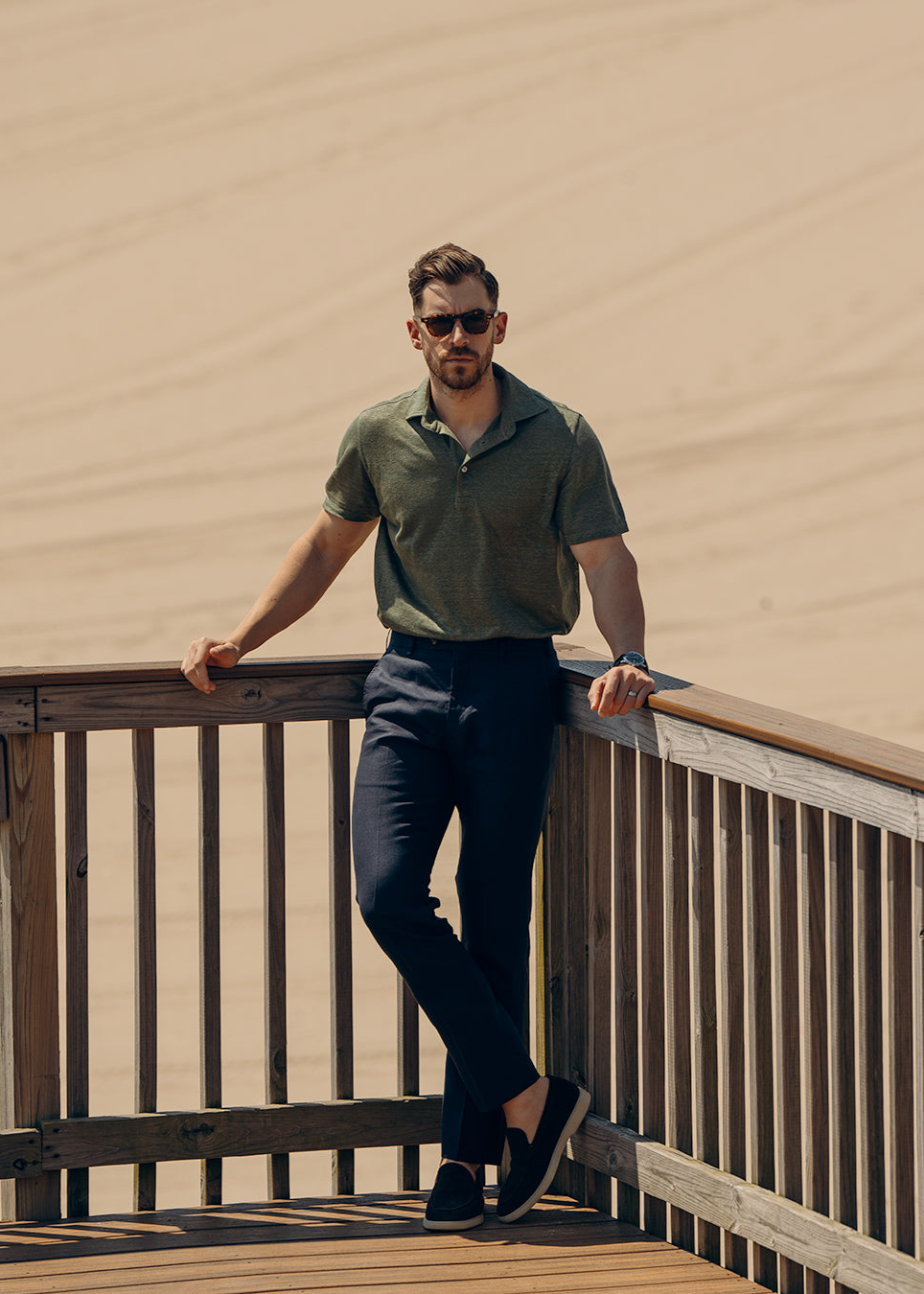
Talking about how to store clothing is definitely unsexy, but it’s important when you invest thousands of dollars into a wardrobe. Storing clothes properly can be the difference between buying dress shirts every year or owning button-ups that last for decades.
First, not every piece of clothing should be stored in the same way. Your clothes can be roughly divided into two storage categories: clothes that should be hung up, and clothes that should be store folded (or laid flat).
Let’s begin with clothes that are hung: your closets should be filled with your outerwear, button-up shirts, blazers, suits, trousers (especially wool trousers) and polo shirts. With these pieces, hanging can actually help smooth out wrinkles, helping avoid time spent ironing and steaming.
What’s key is to never hang anything that’s knit and has some stretch to the body (for example a sweaters): as the garment hangs, gravity will pull it downwards and the shoulders will stretch, leaving unsightly and unfortunately permanent dimples.
Hanger choice is important too. For blazers, outerwear and suits, look for contoured (curved) hangers with large, gnarled shoulders, that are large enough to extend to the edge of shoulder of the garment. These types of hangers will mimic your shoulder, filling up the shoulder area, and prevent the jackets from drooping, which can stretch the fabric and ruin the shoulder line. With shirts and polos, make sure the hangers are again long enough, extending to the shoulder seam, and have enough heft to support the weight of the collar. As far as hanger material, wooden is the nicest, but well-produced and substantial plastic hangers can also work. To quote Joan Crawford, no wire hangers.
While casual chinos and pants can be folded, dress trousers, especially those with a crease, should be hung. Trouser hangers come in two designs: a flat bar, which the trouser is folded over, or two clips, which attach to the bottom of the cuff, allowing the trouser to fall straight. The latter have the advantage of holding in a crease, while the former take up less horizontal space. High-end pants hangers have a velvet or foam padding to help prevent wrinkling.
The rest of your clothing, and especially your knits, should be folded and stored flat. Folding knitwear prevents it from stretching, and is key to protecting knitwear and ensuring it will fit well for years to come. While folding clothing isn’t difficult, there are steps you can take to protect your folded clothes. If you’re putting clothing away for a season – for example heavy sweaters as the weather warms up – you can store them in sealed plastic bags to protect them from damage and keep dust away. If you plan on storing clothing for a long period of time, consider tossing in a cedar plank, which will drive away any musty smell and keep your clothing smelling fresh.




